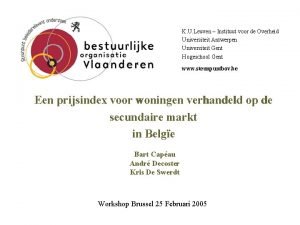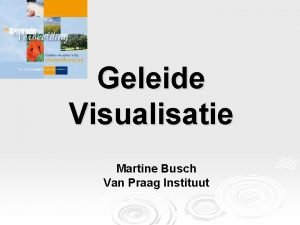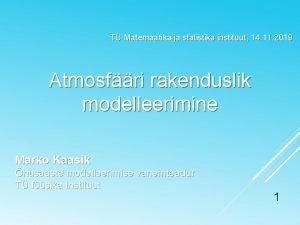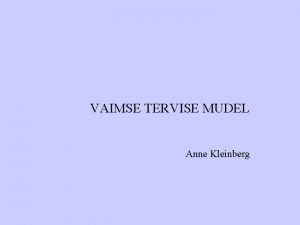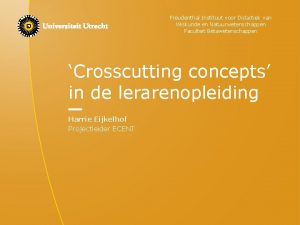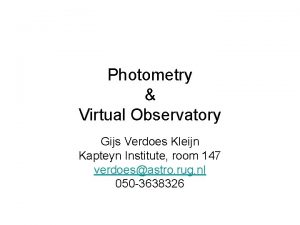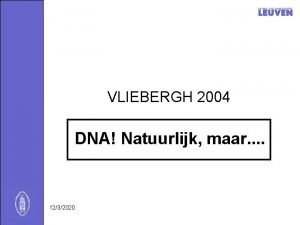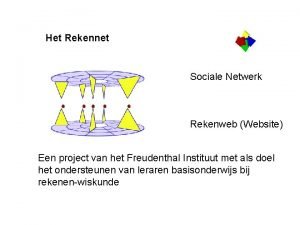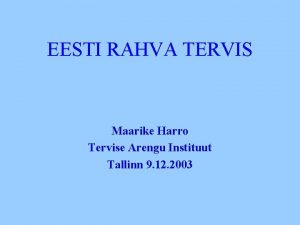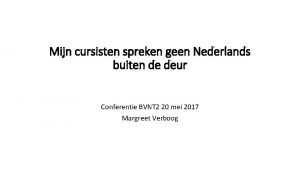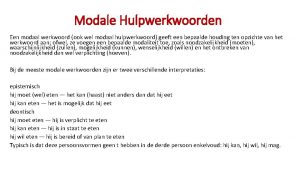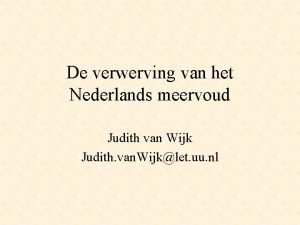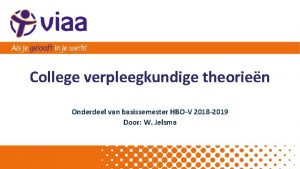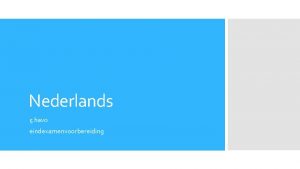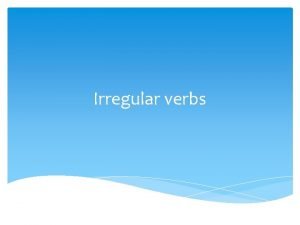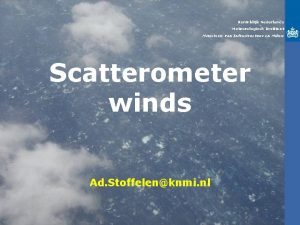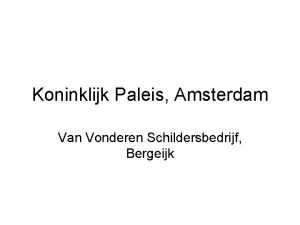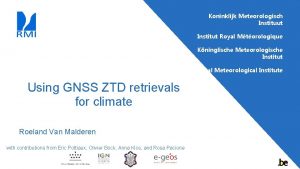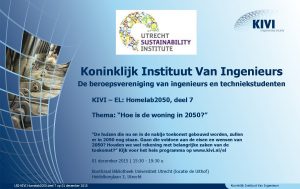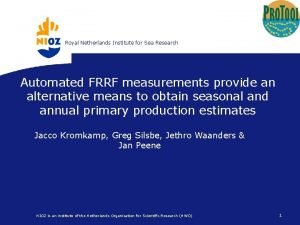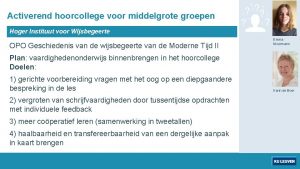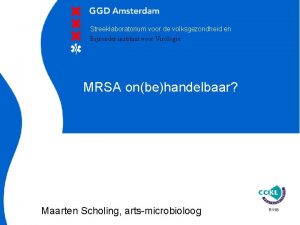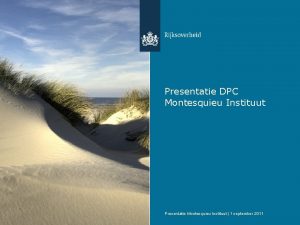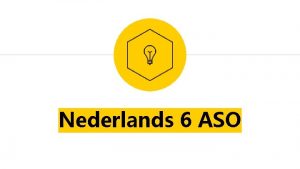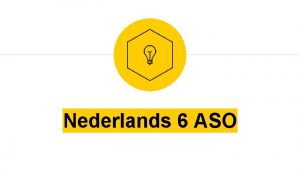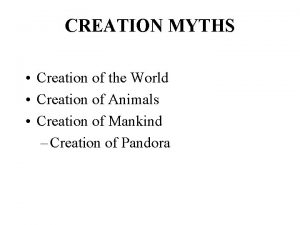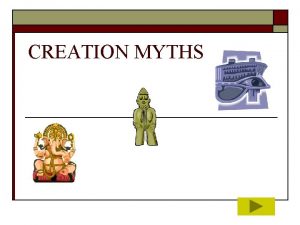Koninklijk Nederlands Instituut voor Zeeonderzoek WP 5 Creation
















- Slides: 16

Koninklijk Nederlands Instituut voor Zeeonderzoek WP 5: Creation of gridded abundance data products Peter. Herman@nioz. nl

Objectives § Implement DIVA methodology to produce statistically optimized gridded map layers. § Make gridded maps of 3 species per group in appropriate time window § Estimate the accuracy of the gridding procedure by comparison with validation data. § Produce indications of the precision of the result based on the distribution of the basic data § Produce spatial maps (data products) relevant for MSFD Descriptor 2 (non-indigenous species). § Produce spatial maps of quality indicators for MSFD, if available and feasible

Activities. I. Implement DIVA § Ulg will make DIVA implementation available § Use INSPIRE and EEA grid convention (100 m, 1 km, 100 km) § Datasets: § Available: Calanus, benthos North Sea, mammals N. Sea, N. Atlantic, Bay of Biscay § Extend to other sets in other areas dependent on availability

Activities. II. Incorporate environmental covariables § Benthos: grain size, bedforms, depth; Pelagos: water column chemistry, currents § Datasets: § Co-variables: benthic environment (grainsize, maps); pelagic? ? § Presences: mammal observations. Presence/absence: benthic datasets N Sea; Calanus

Activities. III. Convert presence-only into presence/pseudoabsence datasets. § Develop algorithm based on knowledge of sampling programme within projects/campaigns (based on EMODNET I) § Check methodology with presence/absence datasets § Datasets: § Benthos Oosterschelde: full estimation of percentile distributions § Benthos N. Sea; Calanus: presence/absence § Apply to mammals, fish, . .

Activities. IV. Estimate accuracy and precision of gridding § Methodological development within DIVA. State of affairs? § Use to define minimal data requirements for gridding § Test dataset: benthos Oosterschelde § Apply to § Extensive datasets allowing estimation of sampling variability § Sparse datasets

Activities. V. Make invasion movies § Test dataset: Mnemiopsis Black Sea § Determine minimum time step for reliable gridding § Make sequential maps illustrating invasion § Apply to other invasions. Which?

Activities. VI. Produce gridded maps of everything available § Guided by MSFD needs § Check on quality / statistical distribution of indicators § Based on data available within different EMODNET branches

Work programme § Workshop I. Design general setup. Determine minimum required data distribution. Define data format for abundance data and environmental cofactors (all partners). § Implementation of DIVA methodology (ULg, NIOZ, VLIZ) § Inventory of availability of environmental data; setup of data flow model (NIOZ) § Workshop II. Preparation of biological data for production of gridded data products (all partners) § Implementation of suitable indicators for the production of maps (all partners, EU, lead NIOZ) § Production of data products (lead ULg) § Feedback and validation of the data products by data providers (all partners, lead VLIZ)


Playground dataset: Oosterschelde/Westerschelde benthos § Thousands of samples per system over 10 years § Non-linear multi-quantile regressions to estimate probability distributions as function of environmental variables § Univariate case:

abundance Univariate: estimate abundance quantiles from sediment grain size (d 50) D 50 sediment

Comparison Oosterschelde-Westerschelde

Multivariate: currents / depth 0. 975 quantile as function of environment Similar graphs for other quantiles

Validated Reconstructions Habitat suitability

High-resolution sampling from distributions
 Instituut voor de overheid
Instituut voor de overheid Van praag instituut
Van praag instituut Matemaatika ja statistika instituut
Matemaatika ja statistika instituut Kriminaalhooldus
Kriminaalhooldus Freudenthal instituut
Freudenthal instituut Procedurized
Procedurized Zoologisch instituut leuven
Zoologisch instituut leuven Rekenwep
Rekenwep Tervise arengu instituut
Tervise arengu instituut Vut model
Vut model Hoofdwerkwoord
Hoofdwerkwoord In het nederlands
In het nederlands Setprocesspriorityboost
Setprocesspriorityboost Verpleegkundige theorieën
Verpleegkundige theorieën Citeren examen nederlands
Citeren examen nederlands Levenspas
Levenspas Simple past tense become
Simple past tense become
